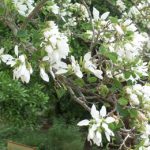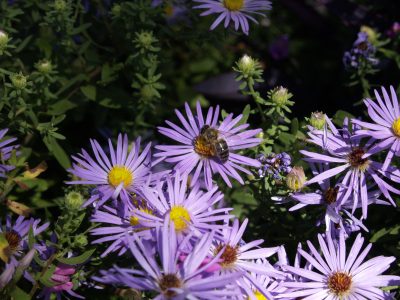Why did Indian paintbrush bloom in white and yellow?
Thanks to Betty and David DeVolder for this great question! They have a gorgeous field of Indian paintbrush, but this year, yellow and white flowers showed up too. What’s the deal?
Well, with all the recent flap over “maroon” bluebonnets showing up on the University of Texas campus here in Austin, you might already know the answer: genetics.
Like all living organisms that reproduce sexually, wildflowers have genes from two different parents, each with their own unique characteristics. And some of those characteristics are dominant, while others are recessive. If the recessive trait gets passed on to the offspring from both parents, that trait will be visible. But usually, the dominant trait gets passed on from at least one parent, so the recessive trait doesn’t get expressed.
And in Castilleja, or Indian paintbrush, orange-red is the dominant floral color. But we asked Damon Waitt at the Lady Bird Johnson Wildflower Center about this, and he told us that there are also light yellow, and even white-flowering variants of this plant in nature.
If you want to save seeds from the variations, make sure that the flowers were not cross-pollinated by any of the nearby, normal, red ones, perhaps even encouraging self-pollination. And then return later to collect the seed and steal them away to plant and propagate in a greenhouse, where you could be more protective of their promiscuity.
But there are a few other a couple of other details about this wildflower that might make you think twice about taking on this task: not only does it have a hard seed coat, requiring very specific climatic conditions to germinate, it’s also a hemi-parasite. And that means that Indian paintbrush has to be planted near certain other host species plants, or it won’t grow.
Bluebonnets are just one of the host species for Castilleja, which is why you often see them growing together in wildflower meadows. Some of our native prairie grasses and sedges can also serve as host species. So you see, isolating and producing all of the wonderful plants that we have available for our modern gardens is not as easy as it may seem.

 Mitzi VanSant’s Plant List
Mitzi VanSant’s Plant List George Altgelt
George Altgelt Daphne Richards
Daphne Richards
 Trisha Shirey
Trisha Shirey